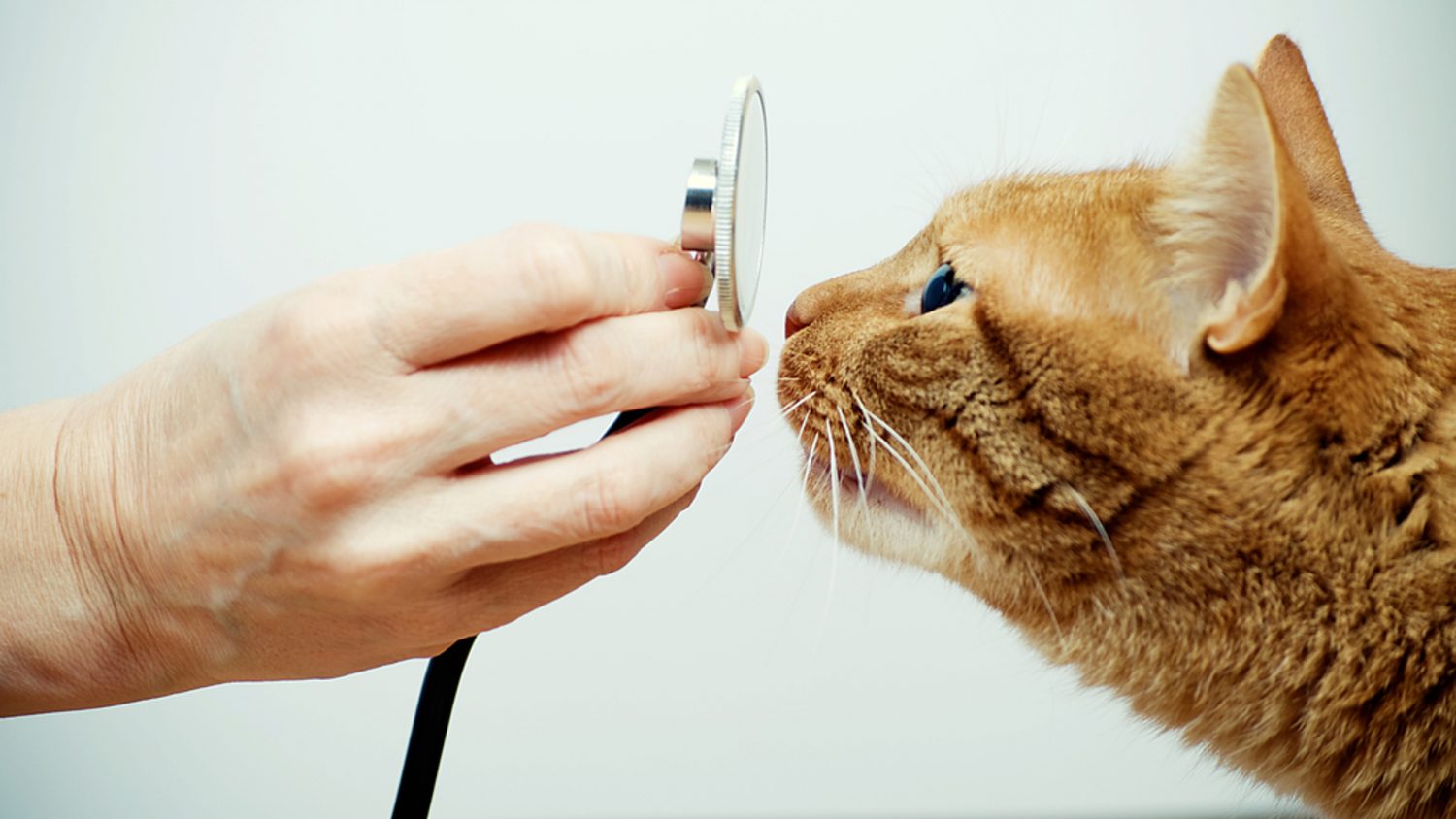Feline interstitial cystitis, sometimes called feline idiopathic cystitis or FIC, is an inflammation of the bladder that causes symptoms of lower urinary tract disease. However, in the case of interstitial cystitis, a definitive cause for the disease cannot be identified.
Feline interstitial cystitis can occur in both female and male cats. It is a chronic disease that can be difficult to treat and frustrating for cats and cat owners alike.
Symptoms and Types
Symptoms associated with interstitial cystitis include:
Causes
Though the cause of feline interstitial cystitis is not fully understood, stress and the changes inherent in the body as a result of stress are thought to play a large part in interstitial cystitis. Some researchers believe that interstitial cystitis is only one of the manifestations seen in cats suffering from stress and may only be the “tip of iceberg” in terms of symptoms that may be caused by stress. Abnormalities have also been found in the nervous, endocrine and cardiovascular systems of cats in addition to the urinary system. It remains unknown why some cats develop symptoms of FIC and others do not.
Diagnosis
Diagnosis relies on ruling out other diseases that may cause similar symptoms, such as urinary tract infections, bladder stones, and other bladder abnormalities in cats. Testing that is frequently performed include:
Treatment
Treatment consists primarily of modifying the environment to help reduce stress levels, dietary modifications, medications for pain, and other pharmaceuticals that may alter your cat’s mental state.
Multi-modal environmental modifications (MEMO) is the term that is used to describe altering the cat’s environment in an attempt to reduce the cat’s stress level. See the Living and Management section below for more information about MEMO.
Pain medications are often used in treating interstitial cystitis to relieve the discomfort caused by the inflammation within the bladder and urinary tract and make your cat more comfortable while urinating.
Dietary modifications are often necessary and you should follow your veterinarian’s directions if a special diet is recommended. Increasing water consumption is an important part of treatment and feeding canned food, when possible, will help increase the moisture content in your cat’s diet.
Pheromones such as Feliway are often recommended to help reduce stress levels for your cat.
Other medications that your veterinarian may advise include amitriptyline, clomipramine or fluoxetine, all of which are antidepressants. These medications are generally reserved for cases where MEMO, dietary modifications and pain medications have failed to help.
Living and Management
MEMO involves providing for all of your cat’s basic needs.
Litter box management is a necessary part of environmental modification.
Cats prefer perches, preferably at eye-level or above, on which to rest and observe their surroundings. Be sure to provide an adequate number of perches for all the cats in your household. Consider placing one or more of these perches near a window for your cat’s enjoyment.
All cats need hiding places. Your cat should have a place to retreat where he will not be disturbed by people or by other pets. In a multi-cat household, be sure there is an adequate number of hiding places for all cats.
Provide interactive toys for your cat. Food puzzles are also helpful to provide distraction for your cat and also provide exercise.







